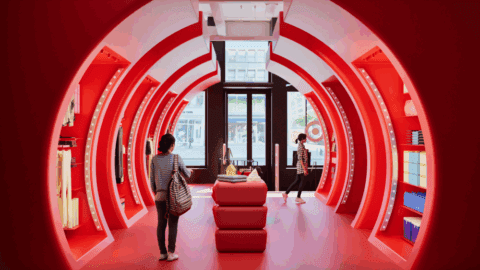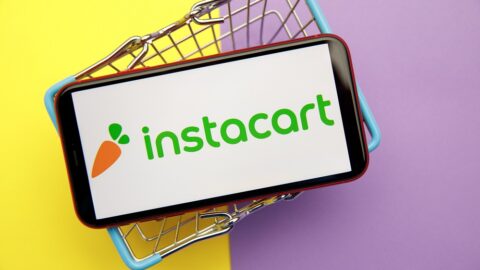Big box retailers such as Kmart, Target and Walmart strive to provide a “one-stop shop” for today’s time-starved and deal-oriented consumers. With these retailers selling groceries, toiletries, home goods, and clothing for men, women, and children, as well as electronics and entertainment, they are poised for continuous sales growth.
However, big box retailers that are not focusing on the customer experience may be missing an opportunity to improve customer loyalty, according to recent research from Empathica.
Results from Empathica’s Consumer Insights Panel survey revealed that nearly all U.S. consumers (93%) visited a big box retailer during a one-month period, with 70% of consumers visiting more than three times.
Among this group, 40% of consumers felt that their in-store shopping experience was not personalized. Big box shoppers judge the effectiveness of personalization by the knowledge and overall service of store employees, according to Gary Edwards, Chief Customer Officer of Empathica.
“Staff members that are seen as trusted advisors can help brands create personalized experiences for their customers,” Edwards told Retail TouchPoints. “How much more personal can an experience be, than one-on-one guidance and education provided by a trusted advisor? This is where brands can really differentiate themselves both from other big box retailers, as well as their online competitors.”
Yet results from Empathica’s survey indicate that 20% of respondents believe employees don’t provide the accurate answers to questions in their designated area of expertise. Moreover, only 39% of customers believe employees listen when a customer approaches them with a question. These results pinpoint a great challenge and an opportunity for retailers to better educate store associates, leading to more enjoyable shopping experiences and greater long-term profits.
“Staff engagement levels and their interactions with customers are a clear opportunity for retailers to differentiate,” Edwards explained. This is especially true for big box retailers, he added, because “consumers have been conditioned to not expect a high level of expertise and consultative help from employees at these retail locations.”
In fact, when uncovering the leading influencers that motivate consumers to visit specific big box retailers, the survey found that service was not mentioned. The top three reasons consumers shopped at specific stores included:
- Price (61%);
- Location Convenience (12%); and
- Product Selection (10%).
Although the economy is stabilizing, “we are not rapidly moving out of the challenging economy, so price will continue to play a factor in consumers’ decision-making,” Edwards explained. “However, as retailers begin to reach price parity, other elements in consumers’ decision-making will begin to have greater influence on purchases and loyalty. As the stress of economic uncertainty begins to lift, consumers also will once again be able to take the time to appreciate the personal interactions associated with great experiences, and our view is that these factors will become primary drivers for brand success.”
Consumers Reveal Eagerness To Offer Feedback After In-Store Experiences
While consumers seemingly have low expectations of big box store experiences — especially regarding front-line service — merchants can optimize engagement and loyalty initiatives by properly acquiring customer feedback, applying it to their businesses, and better educating store associates.
In fact, shoppers are eager and willing to offer their insights on in-store experiences: 85% of consumers indicated that they have provided feedback to big box retailers, according to the Empathica study. However, just 46% of that group believed their insights were used to improve the customer experience in some way.
“This disconnect between consumers’ desire to share feedback with brands and their skepticism that it’s acted on has important implications for brands in terms of how they communicate how they will use and respond to customer feedback,” Edwards noted.
To help boost consumers’ participation in feedback surveys, retailers offer incentives such as coupons or discounts. However, shoppers are eager to share both positive and negative experiences, regardless of discounts, according to survey results. While 52% shared their thoughts in exchange for an incentive/coupon, more shoppers offered feedback to simply make retailers aware of positive (31%) and negative experiences (25%).
“The reality is that consumers are eager to compliment shopping experiences to ensure they have better experiences with the brands they love and trust, and visit on a regular basis,” Edwards said. To unlock the value of customer feedback programs, he added, retailers need to “acknowledge their customers for providing it, and most importantly use it as a catalyst to drive actions at their front lines.”












